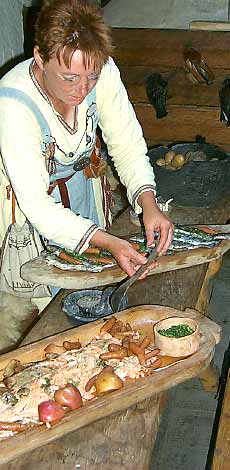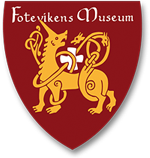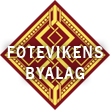Viking food - a short background
 Even though we mostly know of the Vikings as a seafaring people, the majority of the population of Scandinavia during the Viking Age were farmers. The households were usually self-supporting with an economy based on agriculture and animal husbandry. Hunting and fishing surely also contributed substantially to daily housekeeping, as well as gathering seeds from wild edible herbs, roots, berries and nuts.
Even though we mostly know of the Vikings as a seafaring people, the majority of the population of Scandinavia during the Viking Age were farmers. The households were usually self-supporting with an economy based on agriculture and animal husbandry. Hunting and fishing surely also contributed substantially to daily housekeeping, as well as gathering seeds from wild edible herbs, roots, berries and nuts.
The most important crop was barley, but various forms of wheat were also grown, like emmer wheat. The fields also contained oats, rye and peas. The flour was milled with hand mills and used for baking, porridge and soups. For brewing beer malted barley was used. The cattle consisted of sheep, cows, pigs and hens, and these supplied the households with meat, fat, milk and eggs.
Through trading journeys and contacts with other countries foreign influences were also gained. This way the Vikings learned of walnuts, from which oil was extracted to be used for frying.
There is some evidence to suggest that the food during the Viking Age was fairly drab and poorly spiced. The most common spice was salt. Food was not particularly sweet since honey was the only sweetener available.
Viking Age tablewear consisted of plates, bowls and mugs mainly made from wood. The fork was not yet known. Instead people used their fingers, spoons and knives. When cooking iron knives and wood spoons and ladles were used. They also used more temporary tools like bits of broken clay jars. These could be used to scoop up food with, and were excellent tools to move around embers and heated stones with.
Most important for cooking was the hearth. This could be an open hearth, usually placed in the centre of the room, or a smoke oven. Most of the food was cooked in cooking pots made of clay. Sometimes there was an ash pit next to the hearth. Here meat could be fried in the scraped down embers.
When cooking soup or water cooking stones were also used. These were rocks the size of a fist that were heated on the hearth and then placed in cooking pots to boil water and soup. Cooking stones become brittle after a few uses and had to be discarded. For this reason the are often showing up in archaeological finds.
Recipes
Our knowledge of Viking Age cooking is sadly not great. There are no preserved texts with information on this topic available. Maybe they were not preserved, or simply never written down. Thus we do not really know for sure what dishes were cooked. We do however know what raw materials were available, and the tools used for cooking. The recipes on the following pages are reconstructed based on these premises.















